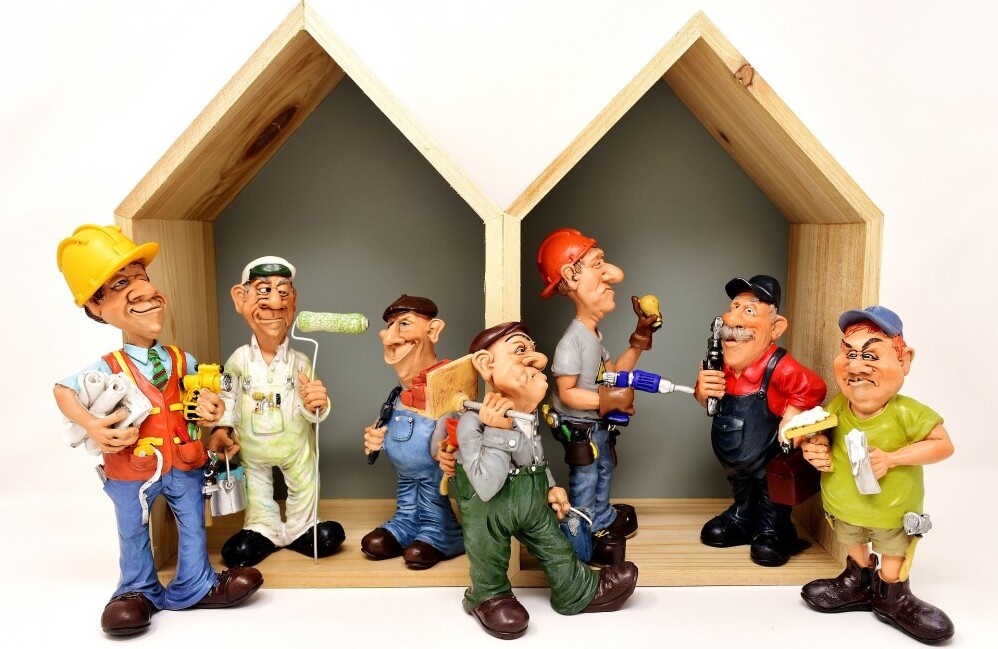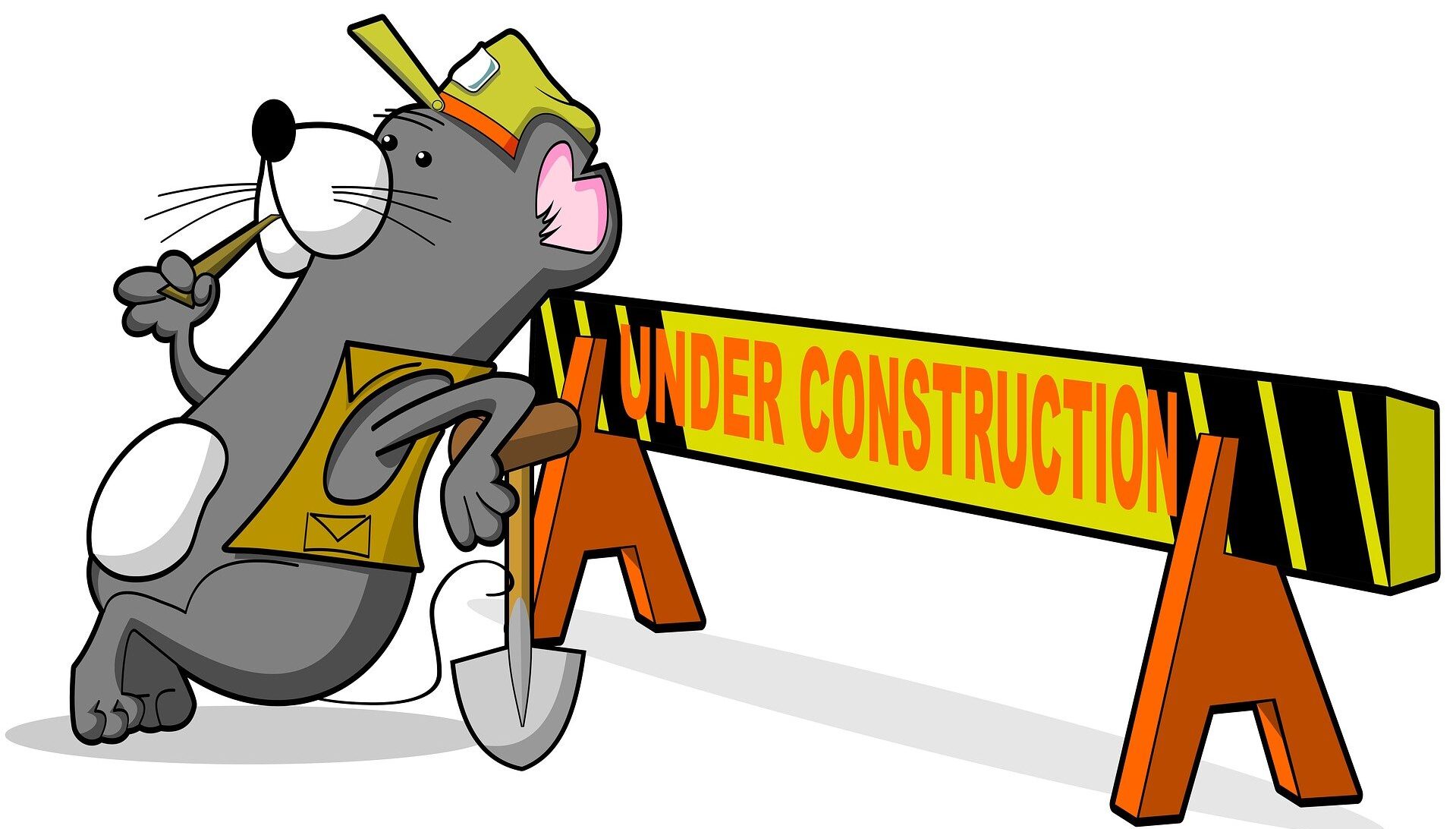
Understanding the basics of DIY toolkits can feel overwhelming, but it doesn’t have to be. Starting with the right tools makes all the difference in your DIY journey, whether you’re fixing a leaky faucet or building a bookshelf from scratch.
Tools are the backbone of any project, and having a solid foundation with these items is crucial. Not only do the right tools ensure your projects are done correctly, but they also make the process smoother and more enjoyable.
You don’t need to break the bank to get your hands on quality tools as a beginner. There are plenty of budget-friendly options out there that don’t compromise on performance, helping you build your toolkit without blowing your budget. Trust me, beginning with affordable tools can save you a lot of money while you’re still figuring out what projects you enjoy most and what tools work best for you.
Most Commonly Used DIY Tools
Every DIY enthusiast needs a go-to list of essential tools. These are the staples you’ll reach for time and time again, no matter the project.
First on the list is a good set of screwdrivers. Both flathead and Phillips-head screwdrivers come in handy for everything from tightening loose screws to assembling furniture.
A hammer is another must-have. It’s perfect for everything from hanging pictures to small demolition tasks. Look for one that feels comfortable in your hand and isn’t too heavy.
Measuring tape is next. Accurate measurements are crucial, so a reliable measuring tape is indispensable. Avoid frustration by getting one that has a locking mechanism; this helps keep measurements steady.
Pliers, both regular and needle-nose, are versatile tools you’ll use for gripping, bending, and cutting wires. They’re indispensable for electrical tasks, among other things.
Don’t forget an adjustable wrench. It’s great for loosening and tightening nuts and bolts of various sizes. Super handy for plumbing projects.
A utility knife should also be part of your toolkit. It’s perfect for cutting through packaging, trimming materials, and scoring surfaces.
Last but not least, a cordless drill is a game-changer. It makes drilling holes and driving screws infinitely easier and quicker. Go for one with variable speed settings and don’t forget to grab a set of drill bits.
Top Budget Tools for DIY Home Projects
Building out your basic toolkit is crucial, but knowing which budget-friendly options to opt for makes the process easier on the wallet. Here are the must-have tools without blowing your budget:
A solid claw hammer. It’s versatile for all sorts of tasks, from nailing to minor demolition. Pick one with a comfortable rubber grip.
An 18V cordless drill. While it might sound pricey, there are affordable options that still pack a punch and come with essential drill bits included.
A combination square. Accuracy in your cuts and measurements can’t be overstated, and this tool helps ensure right angles and straight edges.
A set of hex keys or Allen wrenches. These are indispensable for furniture assembly and bike repairs.
Needle-nose pliers. Perfect for those hard-to-reach places and detailed work with thin wires and cables.
A handsaw. You don’t always need a power saw; a handsaw works great for small wood-cutting jobs and costs a fraction of the price.
A set of cheap paintbrushes. Whether you’re touching up walls or finishing a woodworking project, having a set of various-sized brushes is key.
Budget tools can also be found second-hand. Check out garage sales, thrift stores, or even online marketplaces. Many people sell tools they no longer need at a fraction of the cost.
Prioritize tools based on the projects you plan to tackle first. Start with a few core items and gradually add to your collection as new projects arise. This approach keeps expenses in check while ensuring you have what you need when you need it.
Choosing the Best Saws for DIY Projects
The choice of saw can make a huge difference in your DIY endeavors. Different projects require different types of saws, and picking the right one makes the job easier and safer.
A jigsaw is perfect for cutting shapes and curves in wood. It’s versatile, user-friendly, and ideal for intricate cuts. Look for one with variable speed settings for better control.
For straight cuts, a circular saw is the way to go. It’s powerful and can handle a variety of materials, from wood to plastic. An essential tool for serious DIY enthusiasts.
If you’re into crafting or smaller precision projects, a coping saw is a great pick. It allows for detailed cuts with fine control, perfect for trim work and moldings.
Budget options abound, so you don’t need to splurge to get a quality saw. Brands like Black+Decker and Ryobi offer reliable saws without breaking the bank.
Maintenance and safety are key when using saws. Always keep blades sharp and clean, and wear proper protective gear like goggles and gloves. Storing your saws properly extends their life and keeps them performing well.
Ultimately, the best saw for you depends on the type of projects you’re into. Start with the essentials and gradually add to your collection as your skills and needs grow.
